If you have narrow feet, finding comfortable and well-fitting ski boots can be challenging. That’s why you need to look for the best ski boots for narrow feet, also known as low-volume or narrow-lasted ski boots. With these boots’ narrower width and tighter fit, you can enjoy greater stability, precision, and comfort. However, how can you select ski boots that fit your narrow feet perfectly? What factors should you consider, and which ski boots are the best for individuals with narrow feet? We will also examine some of the highest-rated ski boots for narrow feet from brands like K2, Lange, and Tecnica. By the end of this article, you will be better equipped to shop for ski boots for narrow feet, knowing what to look for and what to avoid.
Table of Contents
ToggleWhat are ski boots for narrow feet?
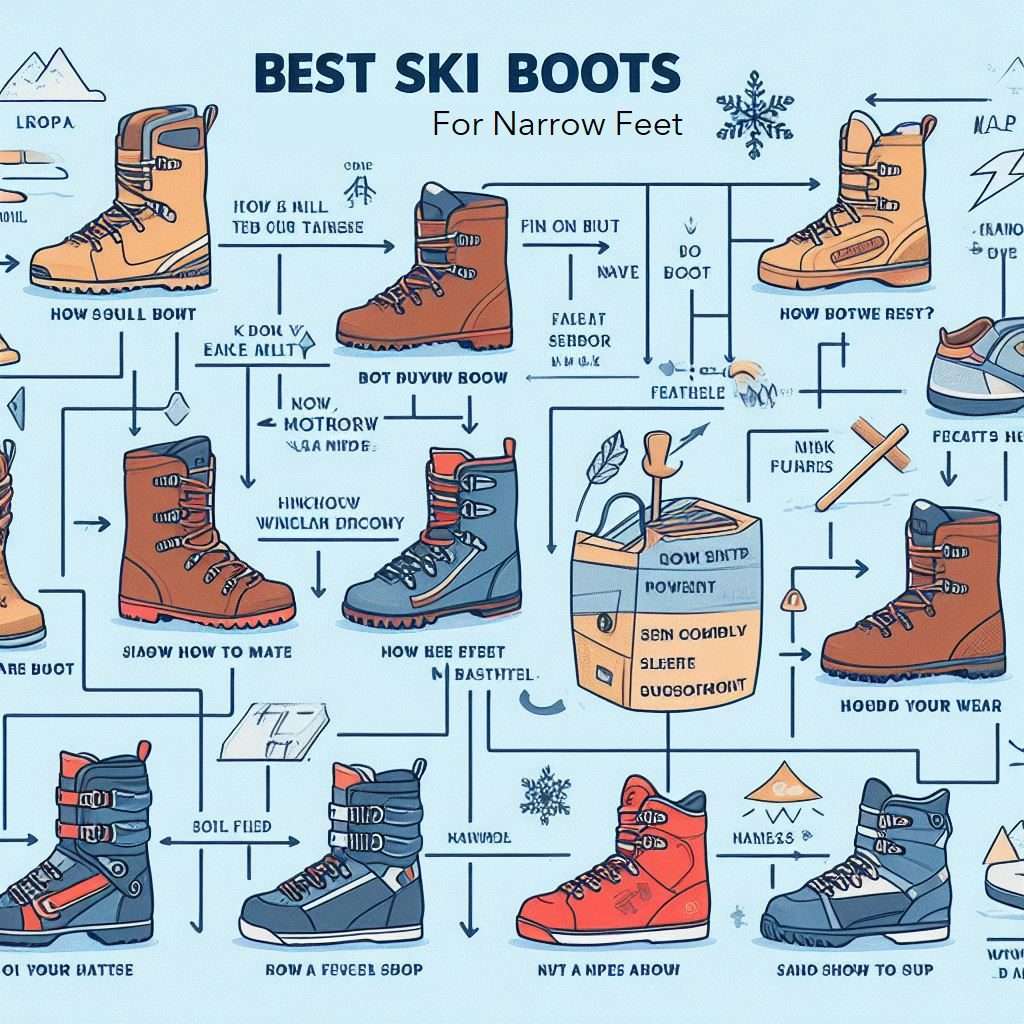
How Do You Choose the Best Ski Boots for Narrow Feet?
Fit:
When it comes to ski boots, fit is everything, especially for tiny feet. A ski boot should fit your foot like a glove, with no gaps, pressure points, or uncomfortable spots. With the assistance of a qualified boot fitter, trying on various ski boots in person is the best approach to determining the proper fit. In order to propose the best ski boots for your foot form and size, a boot fitter can measure the length, width, and volume of your feet. Additionally, they can shape the footbed, lining, or shell of the ski boots to your specifications. They can also add or remove straps, buckles, or cushioning. Always try on ski boots with the socks that you will wear when skiing, and wear them for at least 15 minutes to see how they feel. You should also flex your ankles and knees and walk around in the boots to test their comfort and mobility.
Flex:
A ski boot’s flex describes how soft or stiff it is, as well as how much pressure it can withstand and how much it bends. On the slopes, a ski boot’s flex has an impact on your comfort, control, and performance. In general, a stiffer ski boot will be more powerful and responsive, but it will also be more demanding and unforgiving. A ski boot’s comfort and forgiveness increase with its softness, but its stability and precision decrease correspondingly. A figure, often between 50 and 150, represents the amount of flex in a ski boot; higher numbers correspond to stiffer boots. However, the flex rating is not standardized across brands and models, so it is not a reliable way to compare ski boots. The best way to determine the right flex for you is to try on different ski boots and see how they feel. The right flex for you depends on your skill level, your weight, your skiing style, and your personal preference. As a general rule of thumb, beginners and lighter skiers should look for softer ski boots with a flex of 50 to 80, while intermediate and heavier skiers should look for medium ski boots with a flex of 80 to 110, and advanced and expert skiers should look for stiffer ski boots with a flex of 110 or higher.
Type:
A ski boot’s type is determined by the kind of skiing (alpine, touring, or cross-country) for which it is intended. The features and qualities of each model of ski boot are unique and tailored to meet the demands of the particular skiing technique. For instance, the most popular and prevalent kind of ski boots are called alpine boots, and they are made for skiing downhill on groomed slopes or off-piste terrain. Alpine ski boots typically feature a fixed sole that fastens to the ski bindings and are hefty, stiff, and inflexible. The strongest and most controlled ski boots are alpine boots, but they are also the least flexible and comfortable.
Touring ski boots, on the other hand, are designed for uphill skiing or hiking, as well as downhill skiing on varied terrain. They are usually softer, lighter, and more flexible, and they have a walk mode that allows the cuff to rotate and the sole to pivot. Also, touring ski boots provide more comfort and mobility, but also less power and control.
Cross-country ski boots are designed for skiing on flat or gently rolling terrain, using a gliding or skating technique. They are the softest, lightest, and most flexible type of ski boots, and they have a free heel that allows the foot to lift and move. Cross-country ski boots provide the most freedom and agility, but also the least stability and support. The type of ski boot that you choose depends on your skiing style, your terrain preference, and your personal preference. You should also make sure that your ski boots are compatible with your ski bindings, as different types of ski boots and bindings have different systems and standards.
Key Features of the Best Ski Boots For Narrow Feet
The term “features” refers to the several parts and pieces that comprise a ski boot, including the footbed, sole, buckles, straps, shell, and lining. A ski boot’s features have an impact on fit, comfort, performance, and longevity. When selecting ski boots for narrow feet, some characteristics to consider are:
Shell
The ski boot’s outermost section, composed of plastic or composite material, gives the boot its structure and shape. The shell is primarily responsible for determining the ski boot’s stiffness, flex, volume, and last. Depending on whether the upper (the cuff) and lower (the clog) are joined or separate, the shell might be one piece or two pieces. Two-piece shells tend to be softer and more customizable, whereas one-piece shells are typically stiffer and more responsive. Moreover, the way the cuff and the clog are attached determines whether the shell is overlapped or cabrio. Overlap shells have the cuff overlapping the clog, creating a smooth and continuous surface. Cabrio shells have the cuff hinging on the clog, creating a gap and a hinge point. Overlap shells are usually more precise and stable, while cabrio shells are usually more comfortable and forgiving. The shell can also be either heat-moldable or non-moldable, depending on whether it can be customized to the shape of your foot by applying heat and pressure. Heat-moldable shells are usually more comfortable and form-fitting, while non-moldable shells are usually more durable and consistent.
Liner
The liner is the inner part of the ski boot, made of foam or synthetic material, that provides the cushioning and insulation of the boot. It is the main factor that determines the comfort and warmth of the ski boot, as well as the fit and performance. It can be either custom or stock, depending on whether it is made specifically for your foot or for a generic foot shape. Custom liners are usually more comfortable and snug, while stock liners are usually more affordable and convenient. The liner can also be either heat-moldable or non-moldable, depending on whether it can be adapted to the shape of your foot by applying heat and pressure. Heat-moldable liners are usually more cozy and supportive, while non-moldable liners are usually more breathable and hygienic.
Buckles
The buckles are the metal or plastic closures that secure the ski boot around your foot and leg. They are the main factor that determines the tightness and adjustment of the ski boot, as well as the ease of use and durability. They can be either micro-adjustable or non-adjustable, depending on whether they have a screw or a notch that allows you to fine-tune the tension. Micro-adjustable buckles are usually more precise and customizable, while non-adjustable buckles are usually more simple and reliable. The buckles can also be either four, three, or two, depending on how many of them are on each ski boot. Four buckles are the most common and offer the most control and stability, while three or two buckles are less common and offer more comfort and mobility.
Straps
The straps are the fabric or elastic bands that wrap around the top of the ski boot, above the buckles. They are the main factors that determine the power and responsiveness of the ski boot, as well as the shock absorption and vibration damping. They can be either power straps or booster straps, depending on whether they are fixed or adjustable. Power straps are usually wider and stiffer, and they are attached to the shell of the ski boot. Power straps provide more leverage and transmission, but also more rigidity and pressure. Booster straps are usually narrower and softer, and they are attached to the liner of the ski boot. Booster straps provide more elasticity and rebound, but also more flexibility and comfort.
Footbed
The footbed is the insole or insert that goes inside the liner of the ski boot, under your foot. It is the main factor that determines the arch support and the alignment of the ski boot, as well as the balance and stability. It can be either custom or stock, depending on whether it is molded or trimmed to the shape of your foot or not. Custom footbeds are usually more supportive and corrective, while stock footbeds are usually more cushioned and comfortable. The footbed can also be either rigid or soft, depending on the material and the thickness. Rigid footbeds are usually more durable and protective, while soft footbeds are usually more flexible and adaptive.
Sole
The sole is the bottom part of the ski boot, made of rubber or plastic, that contacts the ground and the ski binding. They are the main factor that determines the grip and traction of the ski boot, as well as its compatibility and safety. They can be either alpine or touring, depending on the type of skiing that you do. Alpine soles are usually flat and smooth, and they fit with alpine bindings. Alpine soles provide more power and control, but also less comfort and mobility. Touring soles are usually curved and textured, and they fit with touring bindings. Touring soles provide more comfort and mobility, but also less power and control.
Which are the best ski boots for narrow feet?
Available on the market from various brands and manufacturers, the models of ski boots for narrow feet are specific items. The features, build quality, cost, and performance of the many kinds of ski boots for narrow feet differ. You may include the following ski boot models for narrow feet in your blog post:
Tecnica Mach1 120 LV
 With a 98 mm last, 120 flex, and a heat-moldable shell and lining, this is one of the best ski boots for tiny feet. For experienced and elite skiers who require a precise and powerful boot that can handle any terrain and condition, this ski boot is perfect. The Tecnica Mach1 120 LV also has a quick-release power strap, a micro-adjustable buckle system, and a custom footbed. This ski boot is available for both men and women, and it costs around $700.
With a 98 mm last, 120 flex, and a heat-moldable shell and lining, this is one of the best ski boots for tiny feet. For experienced and elite skiers who require a precise and powerful boot that can handle any terrain and condition, this ski boot is perfect. The Tecnica Mach1 120 LV also has a quick-release power strap, a micro-adjustable buckle system, and a custom footbed. This ski boot is available for both men and women, and it costs around $700.
Fischer Ranger Free 100
 This is another great ski boot for narrow feet, as it has a 99 mm last, a 100 flex, and a touring-compatible sole. This ski boot is ideal for intermediate and advanced skiers who want a versatile and comfortable ski boot that can switch between uphill and downhill skiing. The Fischer Ranger Free 100 also has a walk mode, a heat-moldable liner, and a lightweight shell. This ski boot is available for both men and women, and it costs around $600.
This is another great ski boot for narrow feet, as it has a 99 mm last, a 100 flex, and a touring-compatible sole. This ski boot is ideal for intermediate and advanced skiers who want a versatile and comfortable ski boot that can switch between uphill and downhill skiing. The Fischer Ranger Free 100 also has a walk mode, a heat-moldable liner, and a lightweight shell. This ski boot is available for both men and women, and it costs around $600.
K2 Recon 130 MV
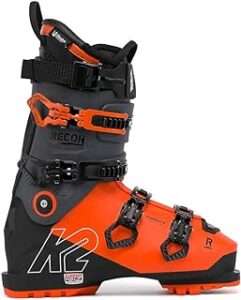 These are superb ski boots for narrow feet, as they have a 98 mm last, a 130 flex, and a heat-moldable shell and liner. This ski boot is ideal for expert skiers who want a stiff and responsive ski boot that can deliver high performance on any slope. The K2 Recon 130 MV also has a power strap, a micro-adjustable buckle system, and a cushioned footbed. This ski boot is available for men only, and it costs around $650.
These are superb ski boots for narrow feet, as they have a 98 mm last, a 130 flex, and a heat-moldable shell and liner. This ski boot is ideal for expert skiers who want a stiff and responsive ski boot that can deliver high performance on any slope. The K2 Recon 130 MV also has a power strap, a micro-adjustable buckle system, and a cushioned footbed. This ski boot is available for men only, and it costs around $650.
Tecnica Zero G Tour Pro
 The Tecnica Zero G Tour Pro is a fantastic ski boot for narrow feet, as it has a 99 mm last, a 130 flex, and a touring-compatible sole. This ski boot is ideal for advanced and expert skiers who want a powerful and agile ski boot that can excel in both uphill and downhill skiing. The Tecnica Zero G Tour Pro also has a walk mode, a heat-moldable shell and liner, and a lightweight shell. This ski boot is available for both men and women, and it costs around $900.
The Tecnica Zero G Tour Pro is a fantastic ski boot for narrow feet, as it has a 99 mm last, a 130 flex, and a touring-compatible sole. This ski boot is ideal for advanced and expert skiers who want a powerful and agile ski boot that can excel in both uphill and downhill skiing. The Tecnica Zero G Tour Pro also has a walk mode, a heat-moldable shell and liner, and a lightweight shell. This ski boot is available for both men and women, and it costs around $900.
Tecnica Mach1 105 LV Women
 These are a wonderful ski boot for narrow feet, as they have a 98 mm last, a 105 flex, and a heat-moldable shell and liner. This ski boot is ideal for intermediate and advanced female skiers who want a comfortable and stable ski boot that can cope with any terrain and condition. The Tecnica Mach1 105 LV W also has a quick-release power strap, a micro-adjustable buckle system, and a custom footbed. This ski boot is available for women only, and it costs around $600.
These are a wonderful ski boot for narrow feet, as they have a 98 mm last, a 105 flex, and a heat-moldable shell and liner. This ski boot is ideal for intermediate and advanced female skiers who want a comfortable and stable ski boot that can cope with any terrain and condition. The Tecnica Mach1 105 LV W also has a quick-release power strap, a micro-adjustable buckle system, and a custom footbed. This ski boot is available for women only, and it costs around $600.
Tecnica Zero G Tour Scout W
 This is an excellent ski boot for narrow feet, as it has a 99 mm last, a 115 flex, and a touring-compatible sole. This ski boot is ideal for intermediate and advanced female skiers who want a versatile and flexible ski boot that can switch between uphill and downhill skiing. The Tecnica Zero G Tour Scout W also has a walk mode, a heat-moldable liner, and a lightweight shell. This ski boot is available for women only, and it costs around $800
This is an excellent ski boot for narrow feet, as it has a 99 mm last, a 115 flex, and a touring-compatible sole. This ski boot is ideal for intermediate and advanced female skiers who want a versatile and flexible ski boot that can switch between uphill and downhill skiing. The Tecnica Zero G Tour Scout W also has a walk mode, a heat-moldable liner, and a lightweight shell. This ski boot is available for women only, and it costs around $800
Best Ski Boots for Narrow Feet: Women’s Edition
It can be challenging for women with narrow feet to find suitable ski boots. This section provides insights into the best options available and offers customized advice to meet the specific needs of female skiers.
Navigating High Arches: A Special Consideration
Those with high arches and narrow feet face two challenges. This section discusses the specific factors to consider for this group and recommends ski boots that can accommodate both.
Ski Touring Boots for Narrow Feet
Ski-turing boots must balance comfort and functionality. We examine options for individuals with narrow feet who are passionate about using skis to explore the wilderness.
Flat Feet and Skiing: Finding the Right Fit
Individuals with narrow and flat feet have unique requirements when it comes to ski boots. This section provides insights into boots designed to provide the necessary support for those with flat feet.
Best Downhill Ski Boots for Narrow Feet
For those who love downhill skiing, the choice of boots is crucial. We recommend the best downhill ski boots designed specifically for narrow feet.
Alpine Skiing for the Pros: Performance Ski Boots
Professional skiers with narrow feet require high-performance boots that can endure the demands of alpine skiing. This section explores top-notch options suitable for pros.
Beginner-Friendly Options
Even beginners with narrow feet can enjoy skiing with the right pair of boots. We suggest user-friendly options that cater to those who are new to the sport, ensuring a positive introduction to skiing.
Reviewing Popular Ski Boot Models
This section contains in-depth analyses of the well-liked ski boot models that the prompt suggested. We offer a thorough evaluation of the advantages and disadvantages of every model, ranging from the Tecnica Mach1 130 to the K2 ski boots.
Comparing K2, Lange, and Tecnica Ski Boots
We examine the differences and similarities of ski boots from three well-known brands: K2, Lange, and Tecnica, to provide you with a thorough grasp of your alternatives. We break down the distinctions between each brand to assist in making a more informed decision. Every brand has distinctive qualities to offer.
Ending Note
Are you ready to take your skiing experience to the next level? Look no further than to find the absolute best ski boots for narrow feet! Not only will the right footwear provide you with unbeatable comfort, but it will also give you the edge you need to dominate on the slopes like never before. Don’t settle for mediocre gear; taking the time to find the perfect combination of boots and skis is a game-changer, no matter your skill level. Get ready to carve up the mountains with confidence and style!
FAQ
Most frequent questions and answers
What is Considered a Narrow Foot for Ski Boots?
When discussing ski boots, a narrow foot is defined as one that has a slender breadth, meaning that the distance across its widest point is comparatively smaller than typical. Manufacturers of ski boots frequently classify their products according to “last width,” and people with narrow feet usually search for boots that fit their particular foot form.
Are ski boots for narrow feet different from regular ski boots?
In order to ensure a snug fit, ski boots for narrow feet are made using a narrower last and frequently offer extra customization possibilities.
Can women use the same ski boots as men for narrow feet?
Women should think about ski boots made especially for narrow feet to provide a better fit, even though certain unisex boots might suit.
Are there ski boots suitable for both narrow feet and high arches?
Some ski boots do indeed have the required support to fit both high arches and tiny feet.
What is the importance of consulting with a professional boot fitter?
Professional boot fitters have expertise in ensuring the proper fit of ski boots, taking into account individual foot characteristics for optimal performance.
Can beginners with narrow feet find suitable ski boots easily?
Absolutely! There are beginner-friendly ski boots designed for narrow feet, offering comfort and support for those new to the sport.
What is Ski Boot Last Width?
Ski boot last width refers to the width of the boot’s shell at the forefoot, measured in millimeters. It is a critical factor in determining the fit of the ski boot. Last width categories range from narrow to wide, with narrower lasts suitable for slim feet and wider lasts catering to those with broader feet. Choosing the right last width ensures comfort and performance on the slopes.
How to Choose Ski Boots for Wide Feet?
Choosing ski boots for wide feet involves finding models with an appropriate last width to accommodate the width of your feet. Look for brands that offer specific wide-width options, and consider boots with customizable liners or shell molding features for a more personalized fit. Consulting with a professional boot fitter is recommended to ensure the best choice for your wide feet.
Why Do My Feet Go Numb in My Ski Boots?
Numbness in ski boots can result from various factors, including poor circulation, pressure points, or an ill-fitting boot. A common reason is boots that are too tight, leading to restricted blood flow. Ensuring a proper fit, addressing pressure points, and consulting with a professional boot fitter can help alleviate this issue.
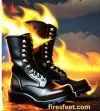
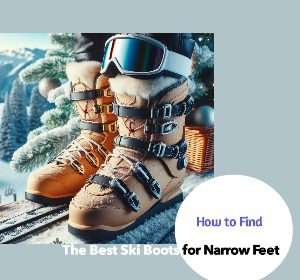
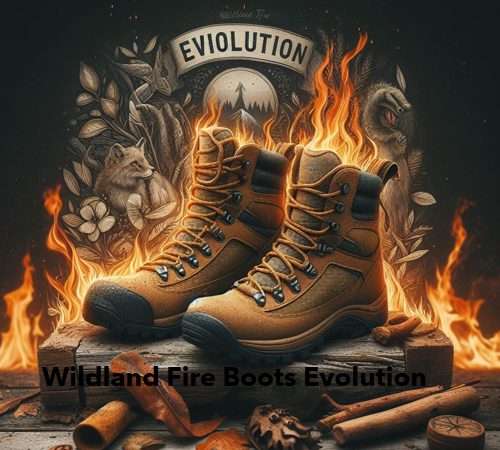
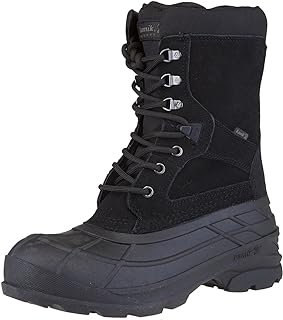
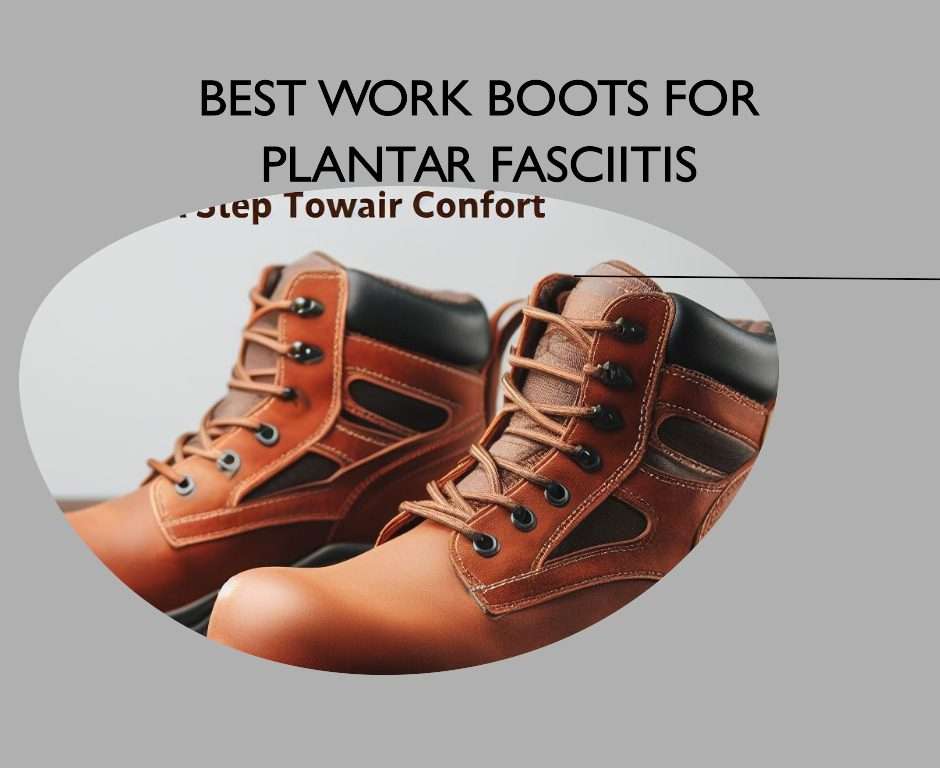

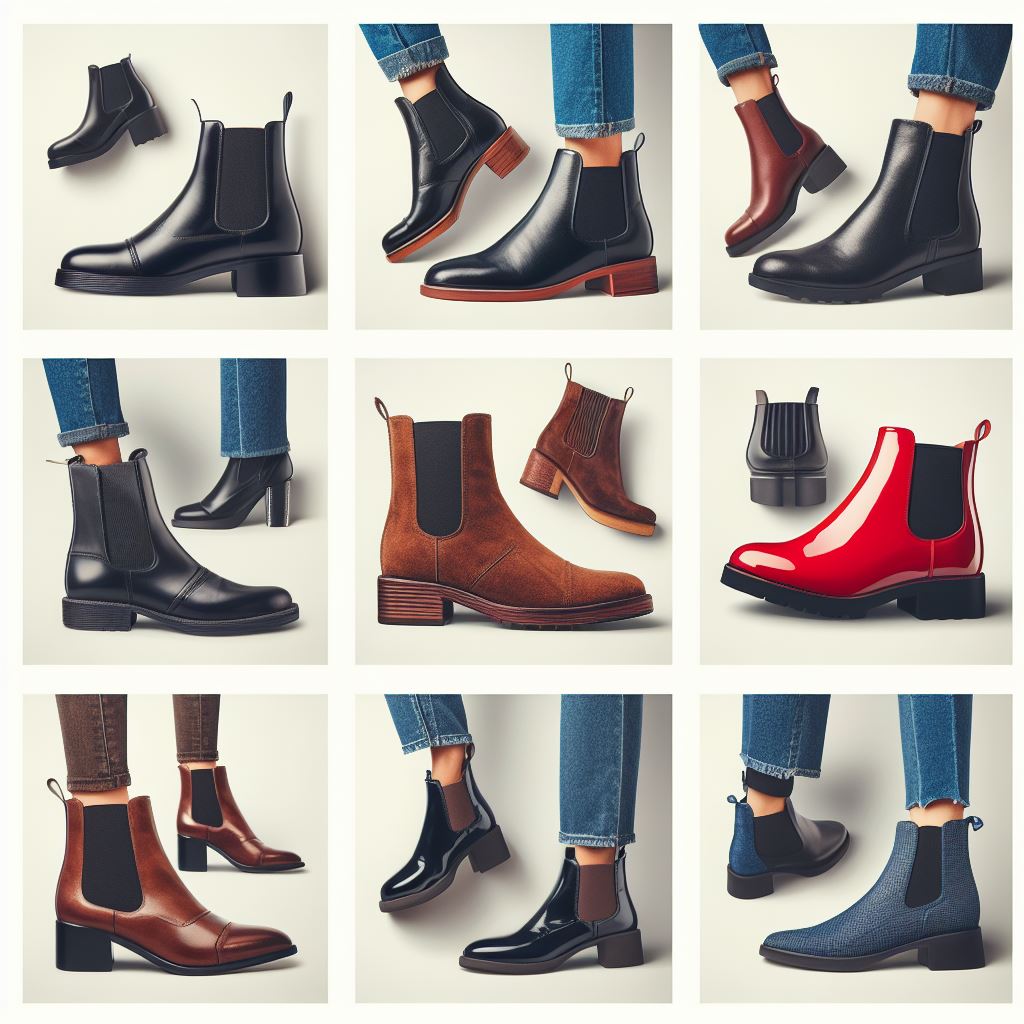
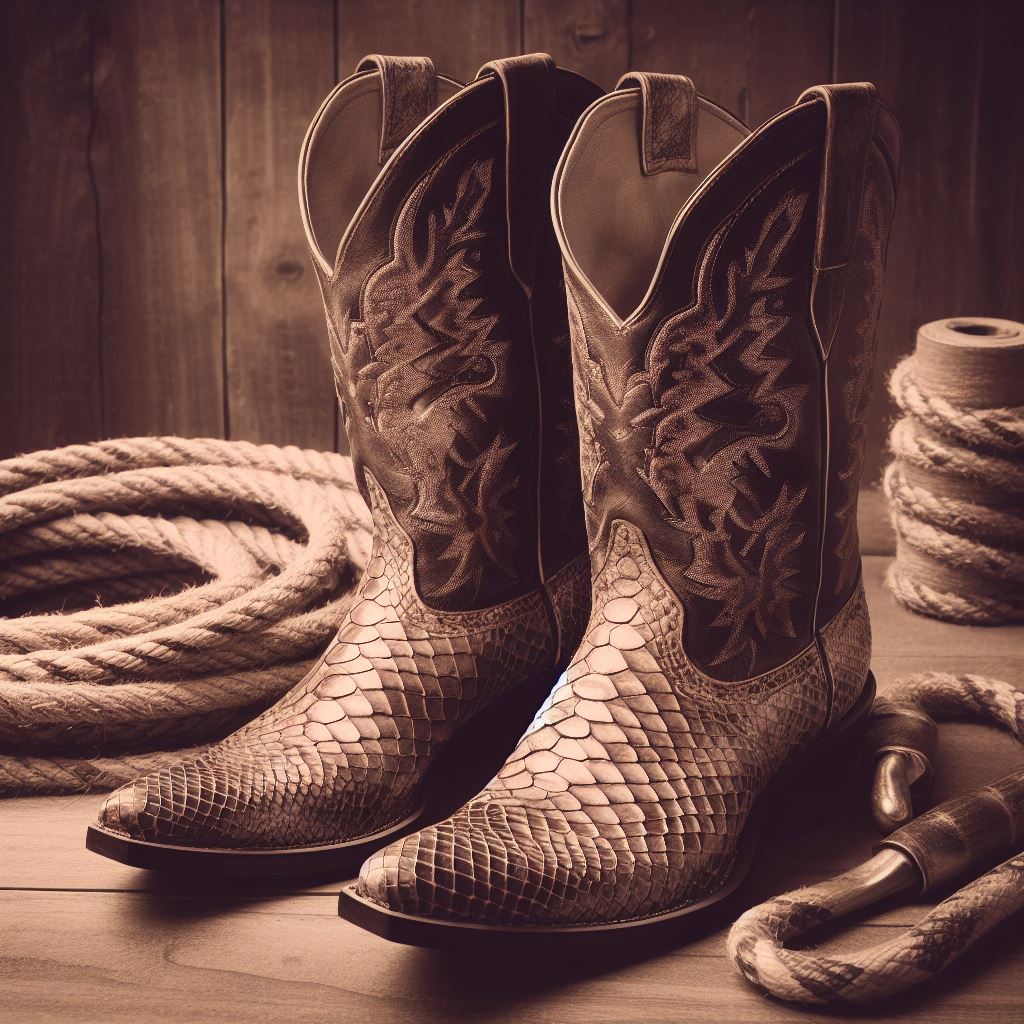
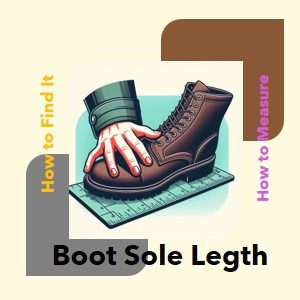
Pingback: How to Measure the Boot Shaft Length Like a Pro
Pingback: How to Find the Best Snowboard Boots for Wide Feet